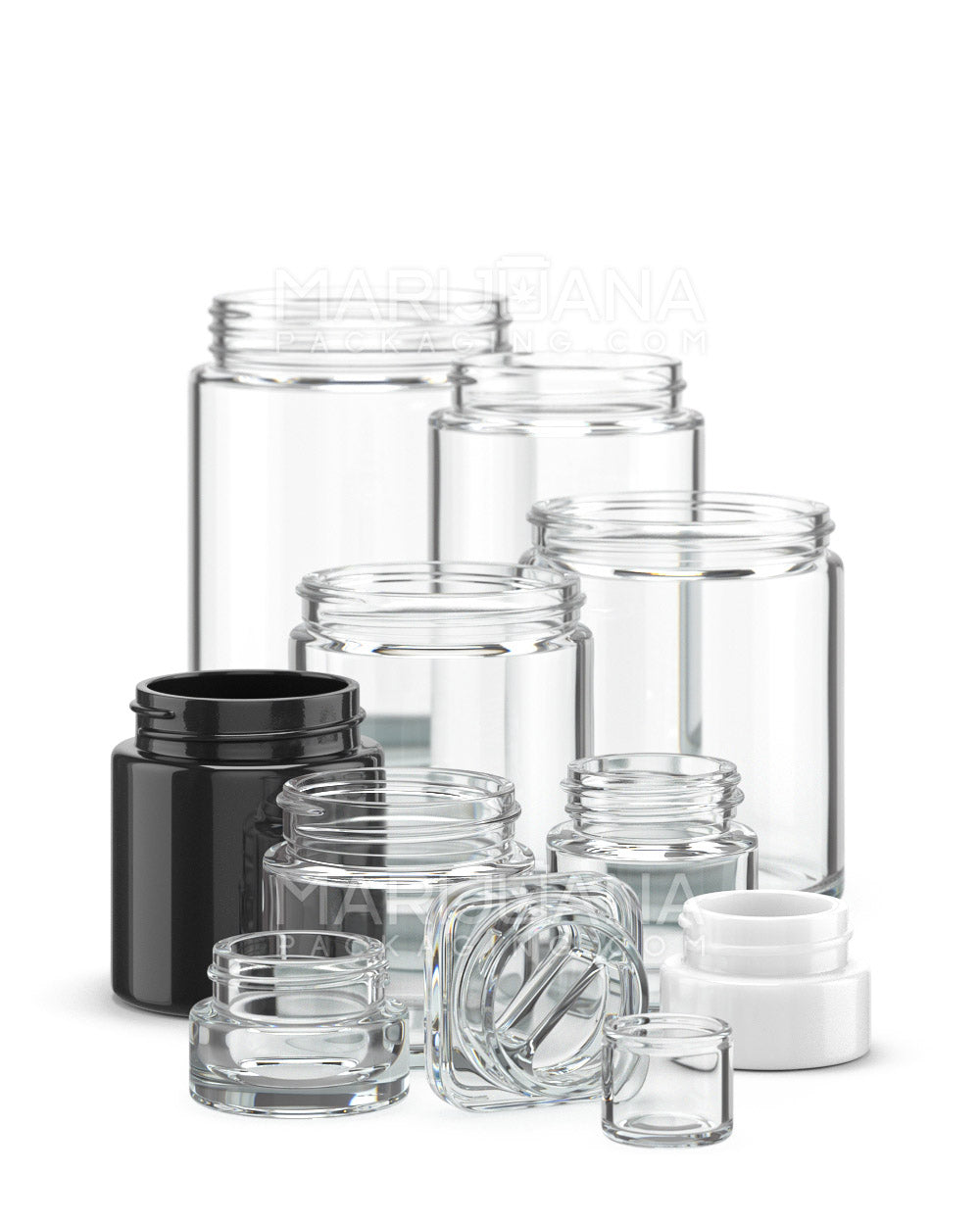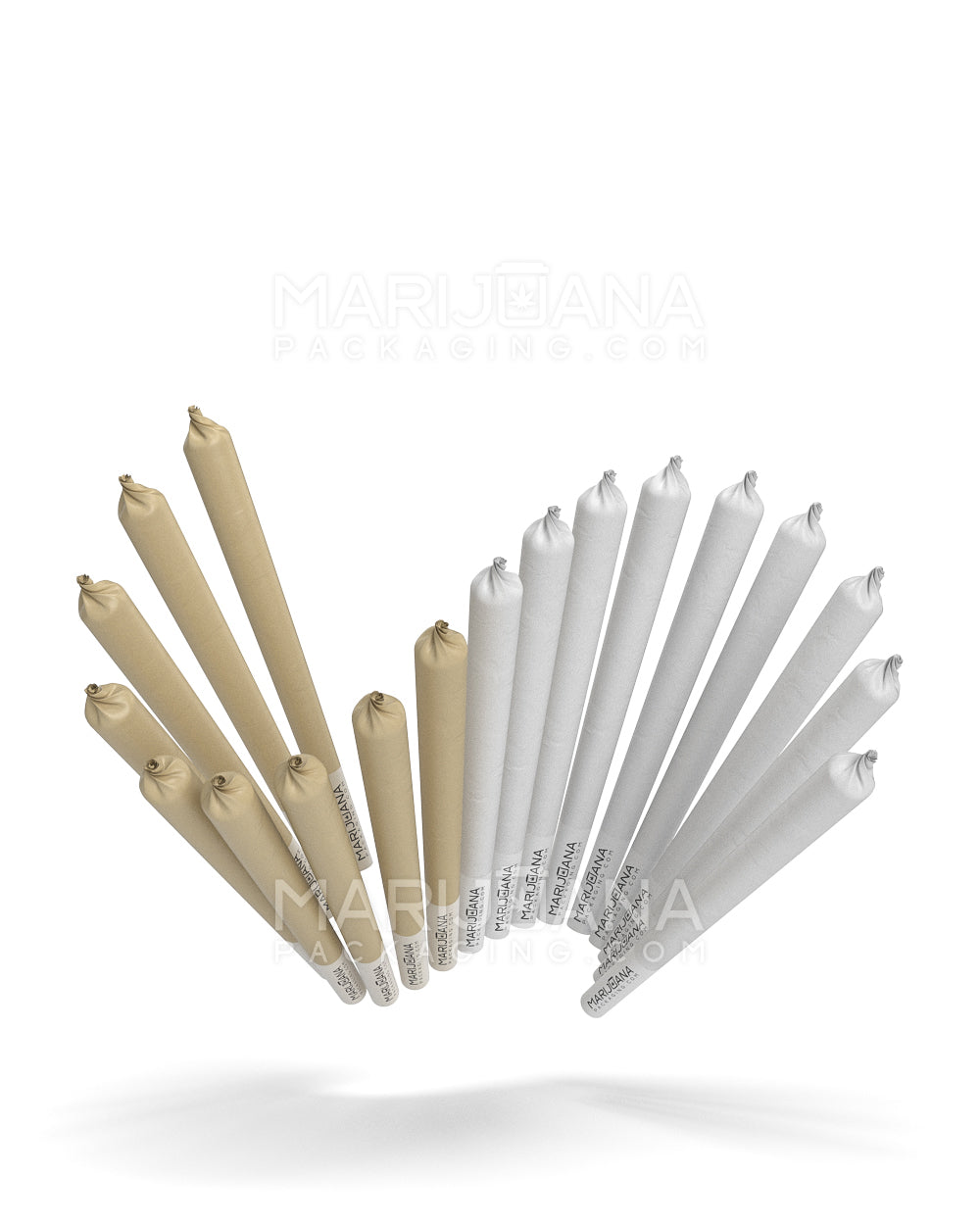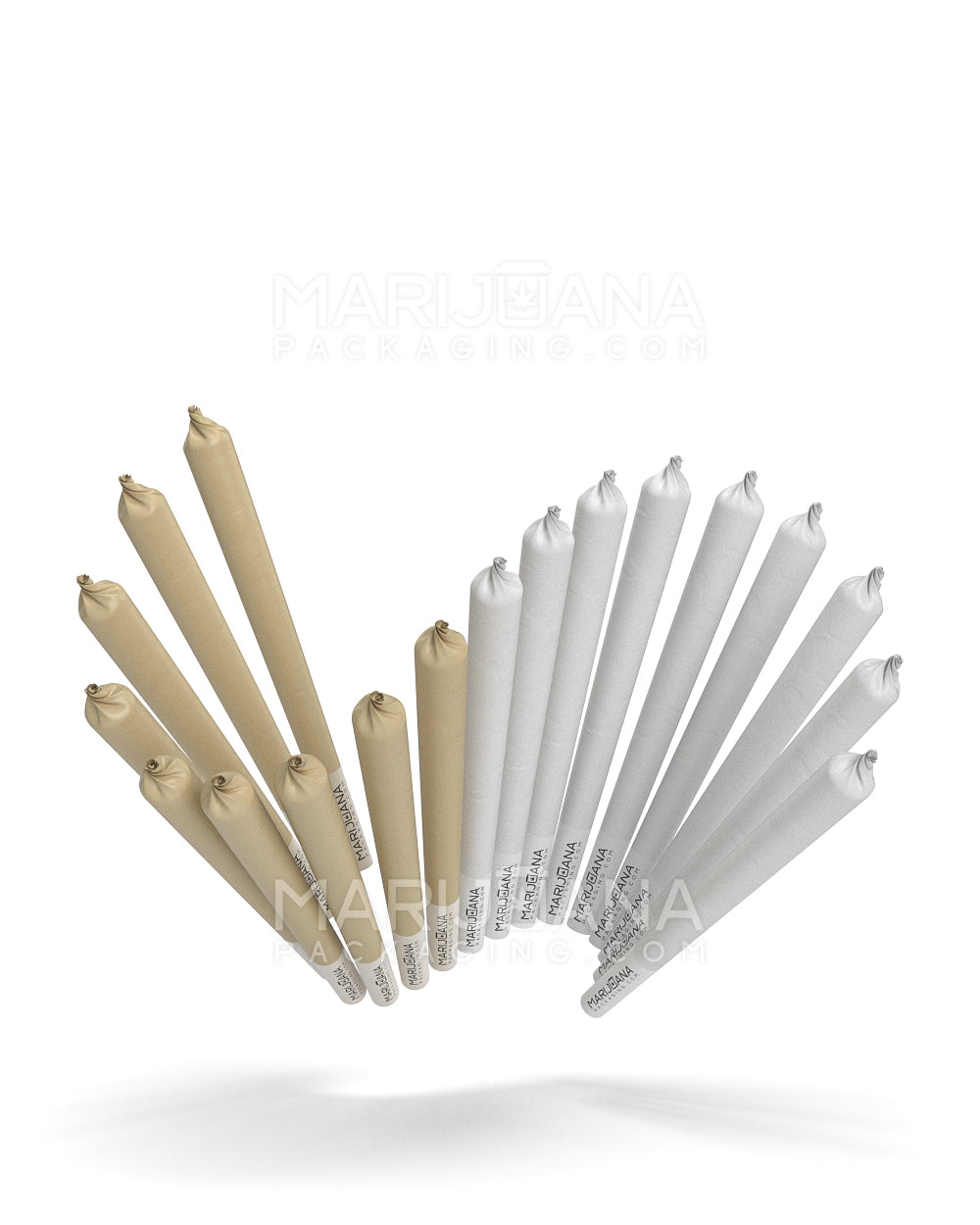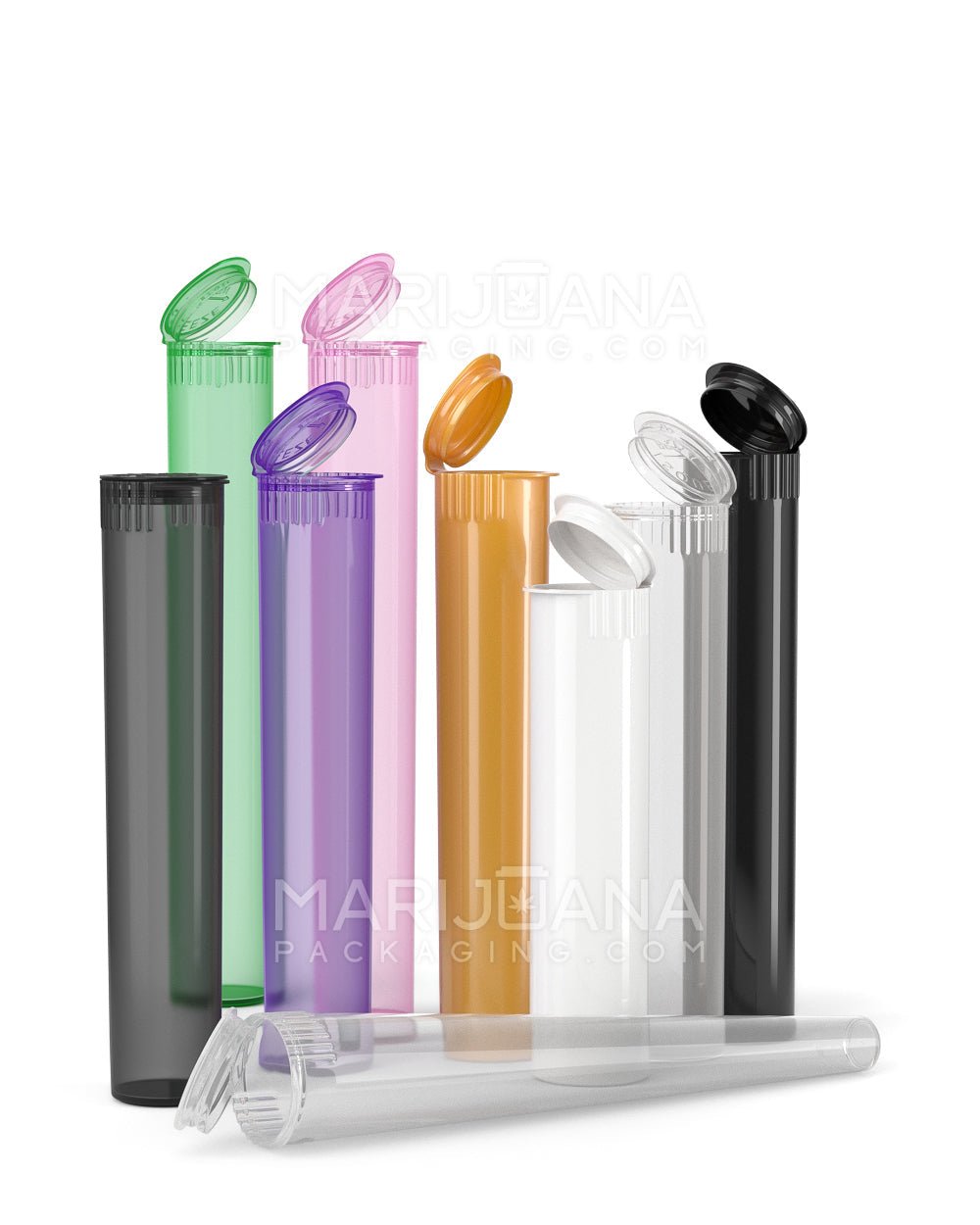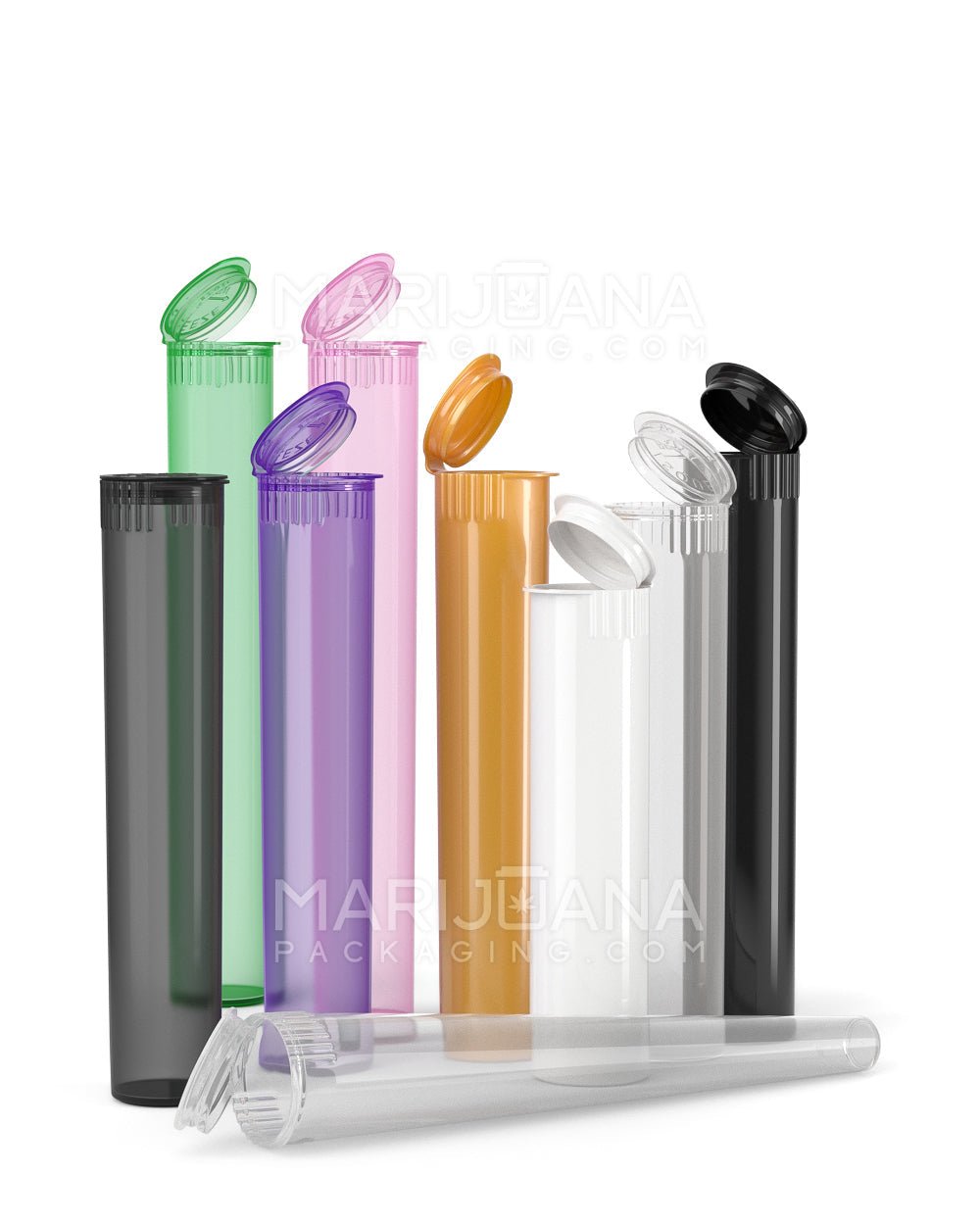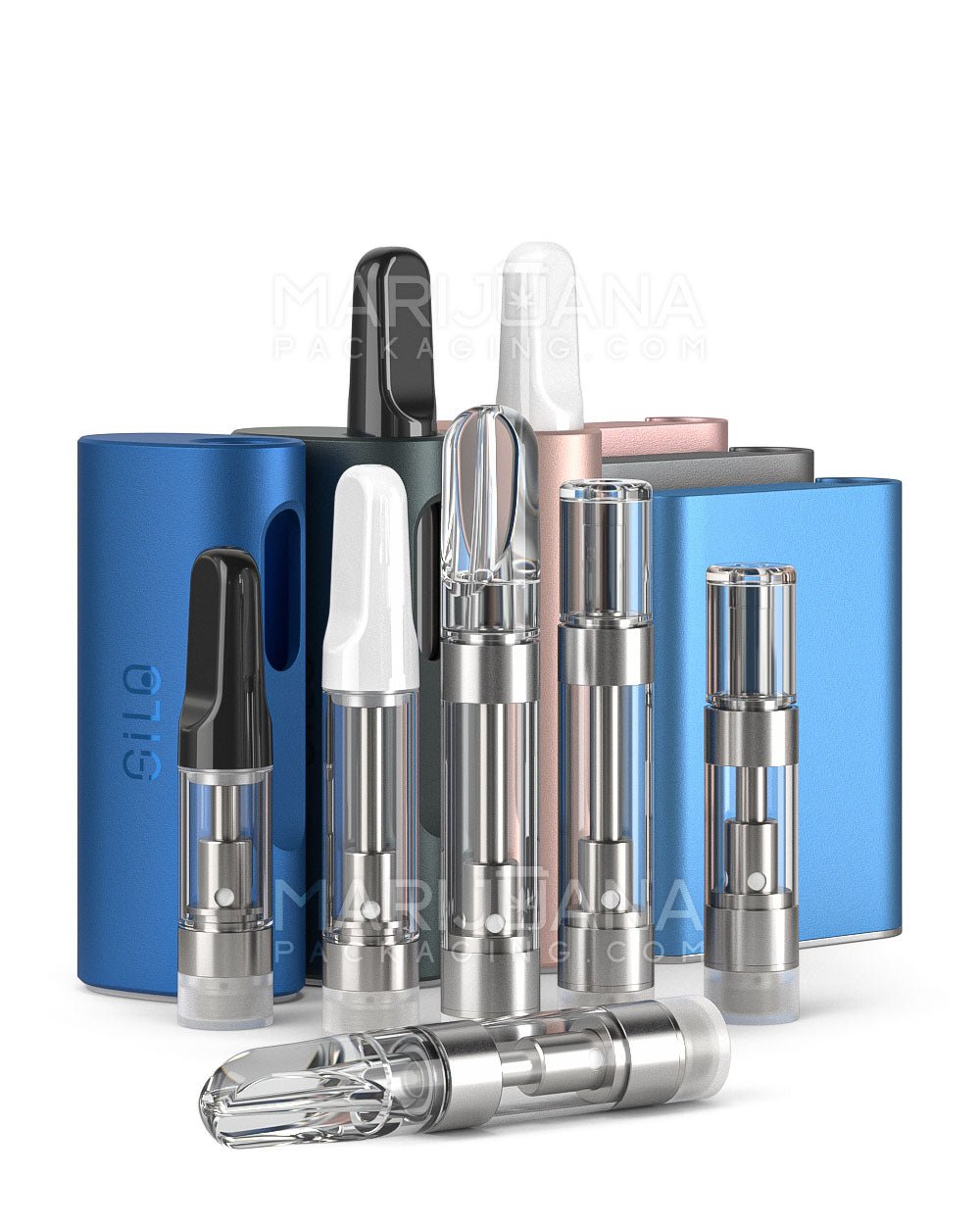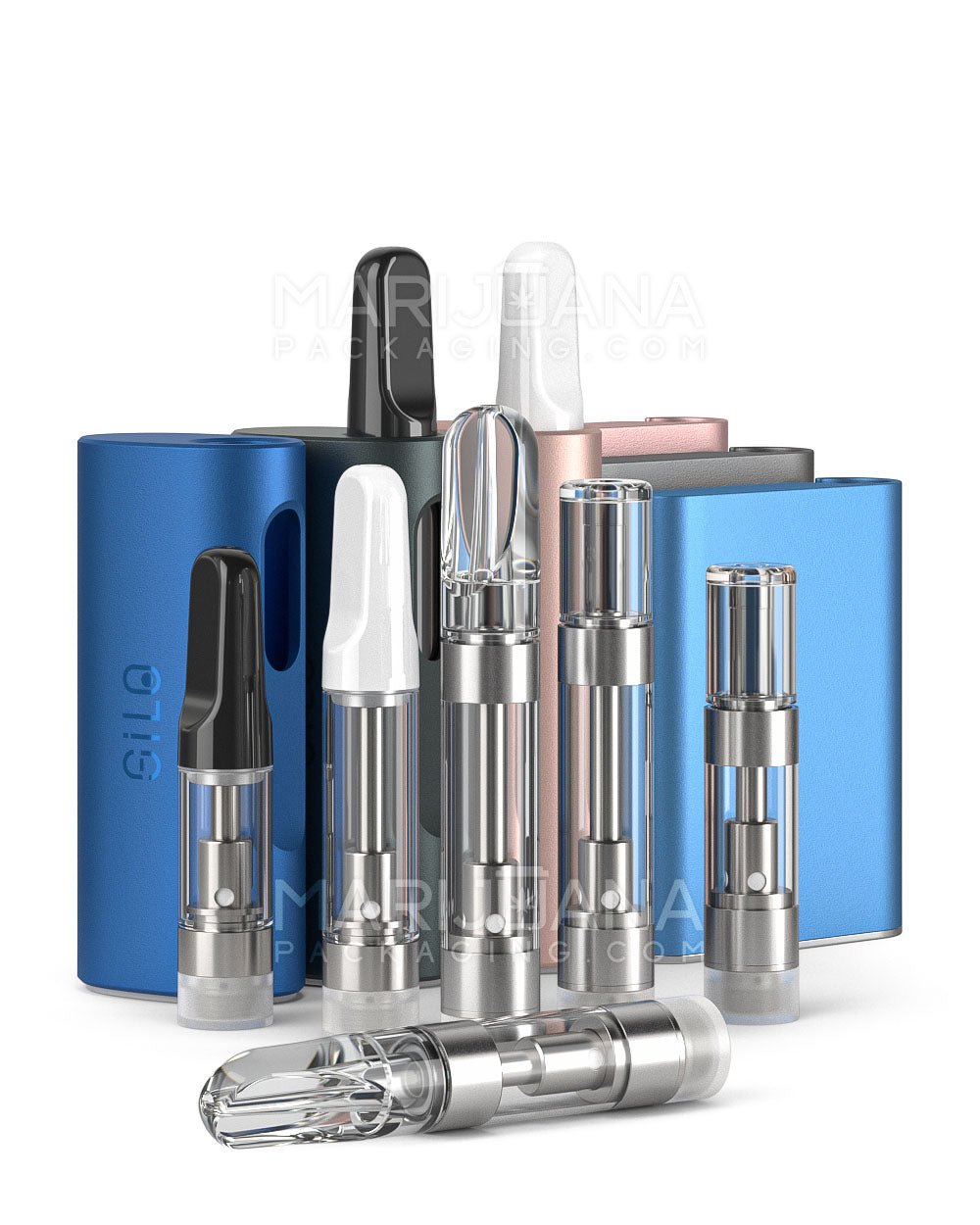Droopy marijuana leaves can be a real bummer for any grower, whether you're a seasoned cultivator or just starting out. You might be gazing at your plants, wondering what went wrong and why those once-perky leaves are now looking sad and droopy. Don't worry, though—this is a common issue, and there are plenty of ways to get your plants back to their vibrant selves.
In this article, we'll chat about the different reasons your cannabis leaves might be drooping and how to tackle each one. From watering mishaps to environmental factors, we'll cover a range of potential culprits and give you some handy tips on how to fix things up. So, grab a cup of coffee (or tea, if that's more your style) and let's get into it!
Overwatering: The Most Common Culprit
One of the most frequent causes of droopy marijuana leaves is overwatering. It might seem counterintuitive—after all, plants need water to thrive, right? However, too much water can lead to root suffocation, preventing the roots from getting enough oxygen. It's like when you've had too much cake and can't move. Your plants feel the same way when they're overwatered.
Signs of overwatering include:
- Leaves that are drooping and wilting
- Yellowing of leaves
- Soil that feels consistently wet to the touch
To remedy this situation, you'll want to ease off the watering. Let the soil dry out a bit before you water again. A good rule of thumb is to water when the top inch of soil feels dry. Also, ensure that your pots have proper drainage. Water should be able to escape through the bottom, preventing water from pooling around the roots.
Underwatering: The Flip Side
On the flip side, underwatering can also cause your marijuana leaves to droop. When plants don't receive enough water, they lose turgor pressure, which is what keeps their cells firm and upright. Think of it as a thirsty person who just needs a good drink to perk up.
Some telltale signs of underwatering include:
- Leaves that are dry and crispy
- Soil that is dry to the touch and pulling away from the sides of the pot
- Plants that perk up soon after watering
To fix underwatering, simply give your plants a thorough drink. Be careful not to overcompensate and water too much, as you don't want to swing back to the problem of overwatering. Keep an eye on how quickly your soil dries out and adjust your watering schedule accordingly.
Temperature Stress: Too Hot or Too Cold
Temperature plays a crucial role in the health of your cannabis plants. Extremes on either end of the thermometer can cause drooping leaves. Think of it like you feeling sluggish on a sweltering summer day or freezing winter morning—plants can feel the same way.
Heat stress can occur if temperatures consistently exceed 85°F (29°C). This can cause the leaves to curl up and droop as the plant tries to conserve moisture. On the other hand, cold stress happens when temperatures drop below 60°F (15°C), causing leaves to wilt as the plant struggles to maintain its metabolic processes.
To combat temperature stress:
- Use fans or air conditioning to cool down a hot grow space.
- Consider using heaters or heat mats to warm up a chilly environment.
- Monitor temperature levels regularly to ensure they stay within the optimal range (around 70-85°F or 21-29°C).
Nutrient Imbalances: Too Much or Too Little
Nutrients are the building blocks for plant growth, and an imbalance can lead to drooping leaves. Over-fertilizing can cause nutrient burn, where excess salts in the soil draw water away from the roots, leading to dehydration. Conversely, a lack of essential nutrients, like nitrogen, can cause leaves to lose their vigor and droop.
Signs of nutrient imbalances include:
- Leaves with burnt tips or edges (sign of nutrient burn)
- Yellowing leaves starting from the bottom up (potential nitrogen deficiency)
- Stunted growth and overall plant health decline
To address nutrient issues, it's important to strike a balance. Flush the plants with pH-balanced water to remove excess nutrients if you suspect over-fertilization. For deficiencies, consider using a balanced cannabis fertilizer and follow the recommended feeding schedule, adjusting as needed based on your plants' specific requirements.
Root Problems: The Hidden Issue
Sometimes, the problem isn't visible above ground but hidden in the root zone. Root rot, caused by a lack of oxygen or fungal infections, can lead to droopy leaves. It's like when you have a toothache—you can't see it, but you definitely feel it.
Signs of root problems include:
- Foul-smelling soil
- Roots that appear brown and slimy instead of white and firm
- Slow or stunted plant growth
To tackle root issues, you'll need to take action. If root rot is suspected, remove the affected plant from the pot, trim away any rotten roots, and repot in fresh, well-draining soil. Ensure your pots have adequate drainage and consider using a root supplement to encourage healthy root development.
Light Stress: Too Much of a Good Thing
While light is essential for photosynthesis and plant growth, too much light can stress your cannabis plants. It's similar to spending too much time in the sun without sunscreen—you might end up with a nasty sunburn.
Signs of light stress include:
- Bleached or yellowing leaves on the top of the plant
- Leaves that curl upwards or downwards
- Plants that droop despite adequate watering and nutrients
To prevent light stress, adjust the distance between your grow lights and the plant canopy. Generally, LED lights should be positioned 12-24 inches away, while HID lights may require more distance. Keep an eye on your plants and adjust as necessary to ensure they’re getting the right amount of light without being overwhelmed.
Humidity Levels: The Balance of Air Moisture
Humidity is another environmental factor that can affect your cannabis plants. Low humidity can cause leaves to droop as they lose moisture too quickly, while high humidity can lead to mold growth and other issues.
Signs of humidity problems include:
- Leaves curling inward or outward
- Presence of mold or mildew on leaves
- Stunted growth and drooping leaves
To maintain ideal humidity levels, aim for 40-60% relative humidity during the vegetative stage and slightly lower during flowering. Use humidifiers or dehumidifiers to fine-tune the environment, and monitor with a hygrometer to ensure consistent levels.
Pest Infestations: Unwanted Visitors
Pests are unwelcome guests that can cause a host of problems for your marijuana plants, including droopy leaves. Common culprits include spider mites, aphids, and thrips, which can suck the sap out of your plants, leading to wilting and drooping.
Signs of pest infestation include:
- Visible insects on leaves or stems
- Discoloration or spots on leaves
- Sticky residue or webbing on the plant
To manage pest infestations, consider natural pest control methods like introducing beneficial insects (e.g., ladybugs) or using neem oil or insecticidal soap. Regularly inspect your plants for signs of pests and take action promptly to prevent further damage.
Transplant Shock: The Stress of Moving
Transplanting can be stressful for marijuana plants, leading to droopy leaves as they adjust to their new environment. It’s similar to how you might feel after moving to a new city—excited but a bit overwhelmed.
Signs of transplant shock include:
- Drooping leaves shortly after transplanting
- Slow growth or stunted appearance
- Leaves that turn yellow or brown
To minimize transplant shock, handle your plants gently during the process and water them well afterward. Consider using a root stimulator to encourage growth, and keep the environment stable to help them acclimate more easily.
Final Thoughts
Droopy marijuana leaves can seem like a daunting problem, but with the right approach, it's quite manageable. By identifying the underlying cause—whether it's watering issues, nutrient imbalances, or environmental stressors—you can take steps to address the issue and bring your plants back to health.
If you're looking to enhance your cultivation skills, Gamut provides a full range of packaging solutions that can help elevate your growing experience. With their expertise in jars, bags, tubes, bottles, and more, Gamut's packaging services ensure your cannabis products are stored safely and attractively, helping you stand out in the market. So, if you need stock options or custom designs, Gamut runs the gamut to meet your needs.











